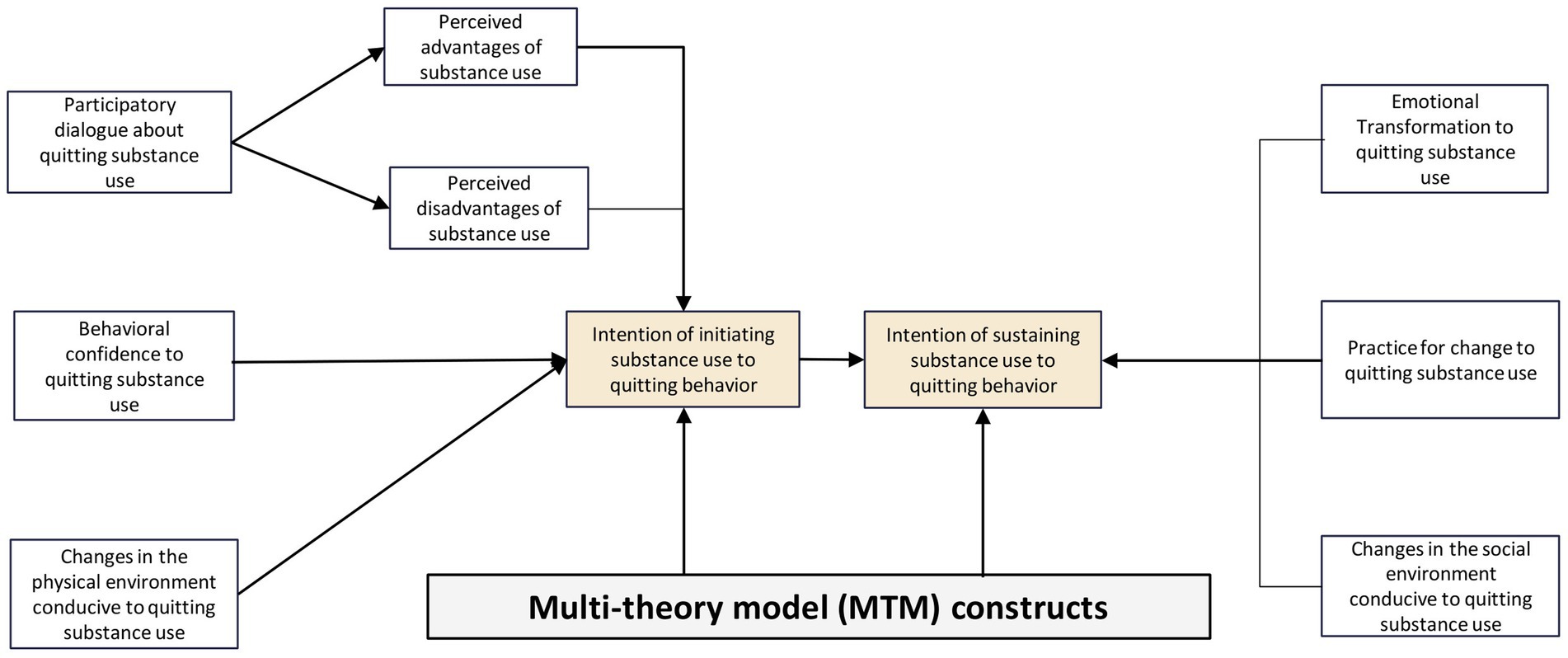
### The Significance of Feedback in Medical Training: Adopting the ARISE Model
Feedback serves as a fundamental element of medical training and professional development, acting as an essential instrument for enhancing skills, fostering effective communication, and improving patient care outcomes. However, for numerous healthcare providers, receiving feedback—particularly when it involves criticism—can trigger a deep sense of anxiety or defensiveness. This article delves into the significance of feedback, the reasons it can be daunting, and how employing the ARISE model can change our perspective on providing and receiving feedback in medical environments.
### The Necessity of Feedback in Medicine
The practice of medicine encompasses collaboration, reflection, and learning as much as it does expertise. Regardless of experience level, ongoing progress relies on valuable insights from others. Constructive feedback illuminates blind spots, offers practical guidance, and aids in developing practitioners into superior clinicians and educators. Furthermore, transparent feedback nurtures trust and connection among colleagues and ensures a collective commitment to providing top-quality care to patients.
Pause for a moment: Has anyone mentioned this week that you excelled at something or highlighted an area for improvement? If so, you have already witnessed the impact of feedback in paving the way for growth. Yet, why does it frequently feel awkward?
### The Emotional Hurdle of Feedback: Grasping the Amygdala Hijack
Receiving feedback, particularly constructive criticism, can occasionally come across as a threat. This response arises from a phenomenon referred to by neuroscientists as an **amygdala hijack.** The amygdala, the emotional processing hub of the brain, is designed to recognize threats—conflating physical risks with threats to one’s self-esteem or identity. Constructive feedback, especially when it comes as a surprise, can activate the fight-or-flight response: a racing heartbeat, sweaty palms, scattered thoughts, and sometimes an instinctive urge to defend oneself instead of listening.
Consider a situation where Dr. Riser is given feedback by a peer suggesting that she could more effectively involve quieter students in group discussions. While she maintains her composure during the exchange, the feedback persists, undermining her confidence and leaving her feeling unappreciated. Scenarios such as this highlight the importance of a structured method for addressing feedback—such as the ARISE model—which can prove transformative.
### The ARISE Model: A Systematic Approach to Receiving Feedback
Crafted by the **Stanford School of Medicine Teaching and Mentoring Academy**, the ARISE model offers a blueprint for healthcare professionals to manage feedback with clarity and poise. **ARISE** stands for **Ask, Receive, Interpret, Set next steps, and Express gratitude.**
#### **A – Ask**
The initial step in the feedback journey is to **actively seek it out.** This ensures that the feedback corresponds with your learning objectives and is derived from reliable sources. Soliciting feedback also illustrates a growth mindset, indicating that you perceive challenges as chances for enhancement rather than indications of failure.
For instance, Dr. Riser could reach out to her colleagues or students and say: *“I’m trying to find effective ways to engage quieter students in discussions. Do you have any recommendations on how I might improve?”* By opening the lines of communication, she takes charge of her development and outlines specific goals.
#### **R – Receive**
Listening attentively is essential while receiving feedback. Acknowledge your feelings in that moment—whether it’s anger, defensiveness, or disappointment—and refrain from reacting without thought. Take a moment to pause, breathe, and cultivate a mindset of curiosity. Feedback should not be seen as criticism but rather as a chance for growth.
When Dr. Riser’s colleague advised her to involve students more effectively, her first reaction was one of surprise. However, instead of immediately defending herself, she could further the conversation by asking: *“Could you provide specific examples of what you observed during rounds?”*
#### **I – Interpret**
After receiving feedback, dedicate intentional time to reflect on what was communicated. Contemplate the feedback provided, considering what resonates or doesn’t resonate—both emotionally and practically. Avoid jumping to swift conclusions. Instead, ask yourself: *“What components of this feedback are beneficial? What insights can I glean from it?”*
Dr. Riser may initially view the feedback as unjust due to a perceived lack of context. However, upon reflection, she may recognize the value of the actionable suggestions presented and acknowledge that there is room to improve her efforts in engaging quieter students.
#### **S – Set Next Steps**
Feedback loses its value without corresponding action. Utilize the insights gained to create specific, actionable steps for improvement—such as experimenting with new techniques or refining current practices. Additionally, reflect on how you handled your emotional response to the feedback and contemplate what adjustments you can implement next time.
For Dr. Riser, one potential next step could involve introducing icebreakers or specific prompts to inspire participation from quieter students. She might also remind herself to seek context or clarification from those providing feedback in the future to facilitate clearer communication.
#### **E – Express Gratitude**
Finally, recognize that providing feedback,